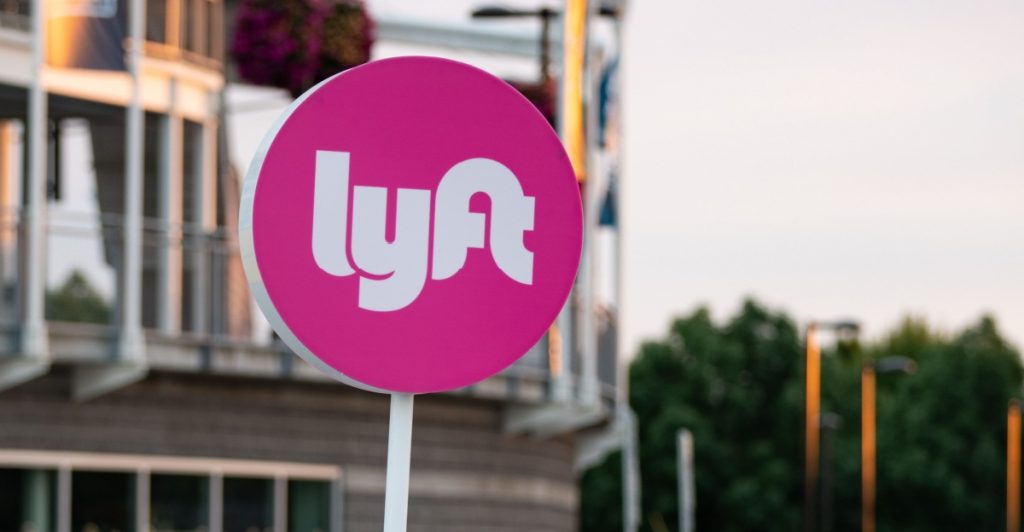Despite industry hype around autonomous vehicles, Lyft CEO David Risher says the idea that robotaxis will soon dominate American roads is unrealistic.
Others are reading now
Despite industry hype around autonomous vehicles, Lyft CEO David Risher says the idea that robotaxis will soon dominate American roads is unrealistic.
Speaking at Web Summit in Lisbon, he argued that the technology’s shortcomings — and people’s discomfort with it — make widespread adoption a distant prospect.
Growing Doubts Amid Industry Hype
Risher’s caution stood out at the massive tech gathering, where enthusiasm for AI overshadowed almost everything else. He states that the realities of weather, regulation, and rider sentiment still constrain autonomous vehicles far more than many companies acknowledge.
“That will be the case for years and years and years to come,” he said. Automakers, he noted, are “not entirely ready,” and the systems still struggle in “fog or snow or heavy rain or whatever it is.” He added that “regulators aren’t necessarily enthusiastic about it in every place,” and customers themselves are hesitant.
Risher said he would be surprised if even 10% of Lyft’s trips come from autonomous vehicles by 2030 — a far more conservative estimate than many in the industry promote.
Consumers Still Prefer People
While tech companies often frame autonomy as inevitable, Lyft’s CEO suggested that riders themselves may be the biggest obstacle. “Customers won’t demand it. They’ll just say, I don’t want to get in a self-driving car,” he said.
Also read
Analysts have noted similar patterns in early pilot programs, where adoption has depended heavily on novelty rather than sustained consumer trust.
For Lyft, Risher suggested, the immediate priority is building a service that feels safer and more reliable — not replacing drivers with machines.
The Economics Don’t Add Up
Risher also challenged a common assumption that driverless fleets will dramatically lower costs for ride-hailing companies. While eliminating labor might look beneficial on paper, he pointed out that vehicle ownership introduces a new set of problems.
A fleet of autonomous cars would sit idle for long stretches — particularly overnight — while still losing value, requiring maintenance, and demanding cleaning and refueling. All of those responsibilities would fall on the company.
He contrasted the current model, in which drivers provide their own vehicles, with the capital-intensive approach companies would need for robotaxis. “Today, these cost maybe $250,000 to $300,000, a very expensive product, whereas a Prius or Corolla is maybe $30,00 or $40,000.”
Human Drivers Aren’t Going Anywhere
Also read
Ultimately, Risher believes that the core assumption driving autonomous-vehicle timelines — that robots are about to replace human labor — is misguided. “I don’t think the idea of a driver being replaced by robot is a very likely thing,” he said. “In fact, I think it’s zero likelihood in any reasonable time frame.”
His conclusion reflects a broader recalibration happening across the mobility sector, where companies once predicting driverless dominance are now acknowledging that autonomy’s toughest challenges are structural, not simply technical.
Sources: Fortune
This article is made and published by Asger Risom, who may have used AI in the preparation


